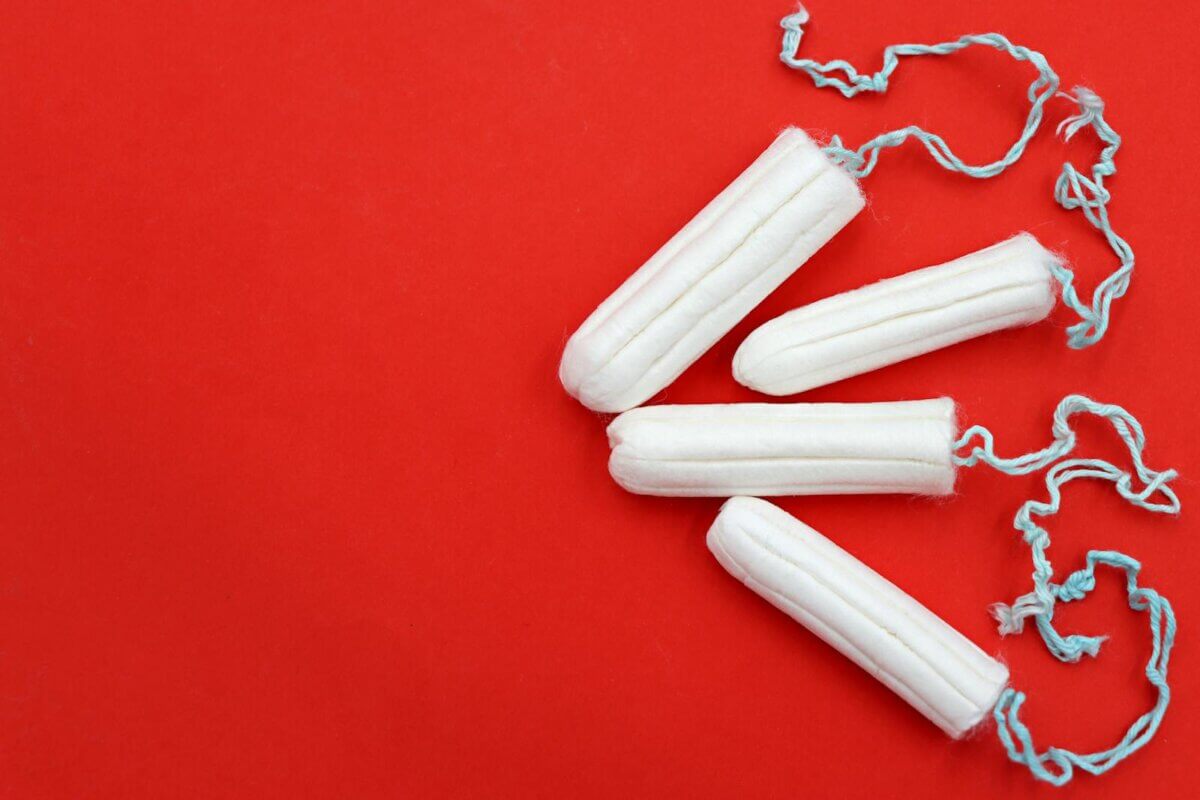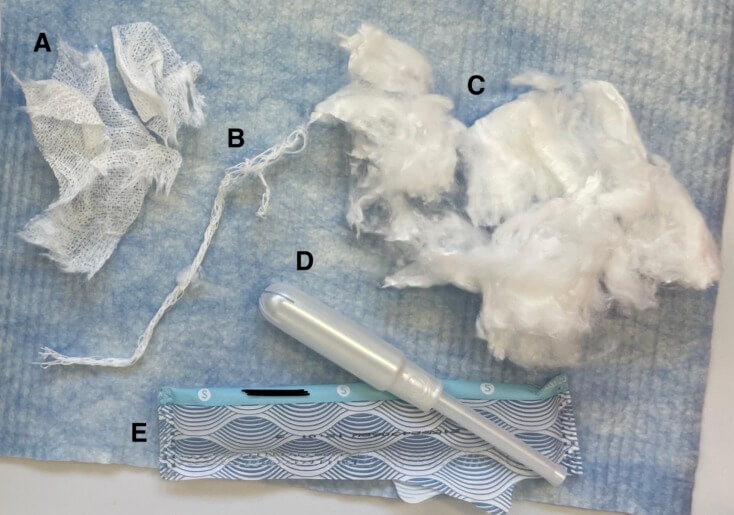
Photo by Marta Branco from Pexels
BERKELEY, Calif. — Researchers have uncovered a potential health concern that affects millions of women worldwide: toxic metals lurking in tampons. Their investigation detected measurable levels of 16 different metals, including lead, arsenic, and cadmium, in a variety of tampon brands. This discovery published in the journal Environment International raises alarming questions about the safety of feminine hygiene products used by over half the global population for decades of their lives.
The most shocking finding was the presence of lead in every single tampon tested. Lead, a potent neurotoxin, is not safe at any level of exposure, according to health experts. Its detection in a product used internally by menstruators for hours at a time is particularly concerning given the highly absorptive nature of vaginal tissue.
“Despite this large potential for public health concern, very little research has been done to measure chemicals in tampons,” says lead author Jenni Shearston, a postdoctoral scholar at the UC Berkeley School of Public Health and UC Berkeley’s Department of Environmental Science, Policy, & Management, in a media release. “To our knowledge, this is the first paper to measure metals in tampons. Concerningly, we found concentrations of all metals we tested for, including toxic metals like arsenic and lead.”
At the moment, it’s unclear what impact these metals are having on the health of women using tampons. The study authors say future tests will have to examine how much of these chemicals are being absorbed into the human body and whether there are other chemicals leaching out of tampons that pose a risk as well.

Methodology
The research team analyzed 60 tampon samples representing 30 individual tampons from 14 different brands. They purchased “widely available” tampons from stores in the United States, United Kingdom, and throughout the European Union, including both name-brand and store-brand products.
To test for metals, the scientists took small samples from each tampon’s absorbent core and outer covering. These samples were then acid-digested and analyzed using a sophisticated technique called inductively coupled plasma mass spectrometry (ICP-MS). This allowed the researchers to detect even tiny amounts of metals in the tampon material.
Key Results: More Than Just Lead
While lead was the most alarming discovery, it wasn’t the only concerning find. The study detected arsenic in 95% of samples and cadmium in all samples. Both these metals are known to have toxic effects on human health.
Interestingly, the highest concentrations were found for zinc and calcium. While these are not typically considered toxic metals, their presence in such high amounts raises questions about manufacturing processes and potential health impacts.
The researchers also compared metal concentrations across different tampon characteristics:
- Most metals differed between these categories, with lead higher in non-organic tampons and arsenic higher in organic ones.
- Some metals, including cadmium and lead, were found in lower levels in tampons purchased in Europe and the U.K.
- Some differences were found between brand-name and generic store-brand tampons, but no consistent pattern emerged.
Study Limitations
The study authors point out that detecting metals in tampons doesn’t necessarily mean these metals are absorbed by the body during use. The research team didn’t investigate whether the metals can leach out of the tampons or cross into the bloodstream through vaginal tissue during this investigation.
Additionally, the sample size was relatively small, with only 30 individual tampons tested. While this covered a range of brands and types, it may not be fully representative of all tampons on the market.
Discussion & Takeaways
This study opens up a new area of concern in women’s health and product safety. Tampons are used by millions of people, often for the majority of their adult lives. The potential for long-term, repeated exposure to even small amounts of toxic metals is a serious consideration.
“Although toxic metals are ubiquitous and we are exposed to low levels at any given time, our study clearly shows that metals are also present in menstrual products, and that women might be at higher risk for exposure using these products,” says study co-author Kathrin Schilling, assistant professor at Columbia University Mailman School of Public Health.
The study also raises questions about how these metals end up in tampons. Possible sources include contamination of raw materials like cotton, addition during manufacturing processes, or even intentional inclusion for purposes like odor control or antimicrobial effects.
“I really hope that manufacturers are required to test their products for metals, especially for toxic metals,” adds Shearston. “It would be exciting to see the public call for this, or to ask for better labeling on tampons and other menstrual products.”










